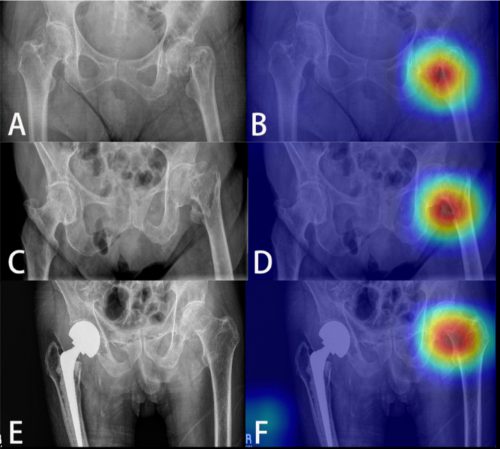Ever been in a trauma activation where it seems like the first thing that happens is that someone steps up to the patient with the ultrasound probe in hand? And then it takes 5 minutes of pushing and prodding to get the exam done?
Well, it’s not supposed to be that way. The whole point of adhering to the usual ATLS protocol is to ensure that the patient stays alive through and well after your exam. And FAST is not part of the primary or secondary surveys, it is an adjunct.
As always, there are a few exceptions to the rule above.
- If an unstable patient arrives without an obvious source of bleeding, FAST of the abdomen should be able to detect if a large hemoperitoneum is present. This will expedite the patient’s transfer to the OR.
- A patient in cardiac arrest may benefit from a quick FAST to determine if cardiac activity is present. If not, it may be time to terminate resuscitation.
Many people say that FAST and physical exam can and should happen simultaneously.
In principle, I agree. My previous statements were based on the way that we organize our trauma team and trauma activations at this hospital. The reality is that everyone’s team is different and they may run their trauma activations differently.
The goal is to get all information critical to keeping your patient alive as quickly as possible. In some cases, knowing if there is a significant amount of fluid in the abdomen can be very important. Most trauma resuscitation schemes at trauma centers make use of multiple personnel so that various portions of the patient evaluation can be carried out simultaneously.
But there is also a tradeoff between speed, trauma team size and number of trainees. Centers with fewer or no trainees will have a leaner team with experienced examiners and more room around the patient. At our hospital, we have 8 people clustered immediately around the patient, with half of them being surgery or emergency medicine residents. This means it is more difficult for a physician to step in and do a FAST exam easily. So typically, this physician is the same resident doing the torso portion of the physical exam. This is the main reason for my exhortation to wait until the end of the physical exam and do the FAST quickly.
Bottom line: With the exceptions noted above, always complete the ATLS primary and secondary surveys first. Then pull out the ultrasound machine, but be quick about it. If it takes more than about 60 seconds to do the exam, someone probably needs a little more practice.

